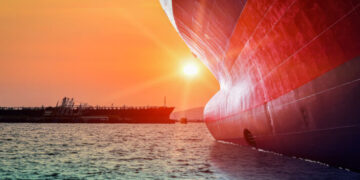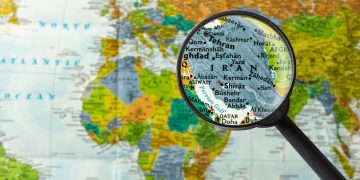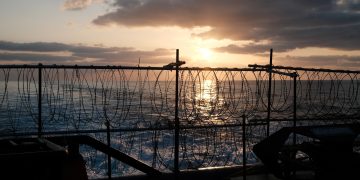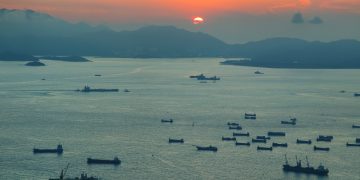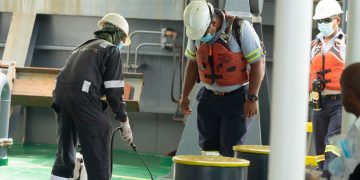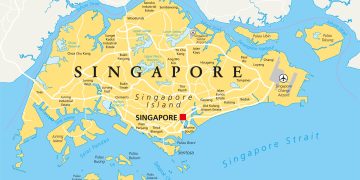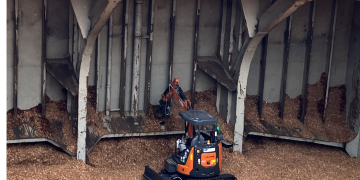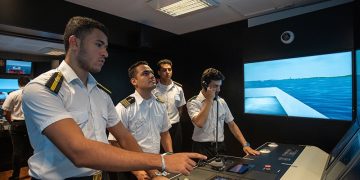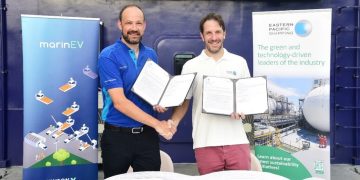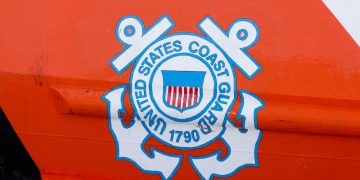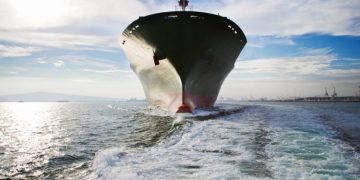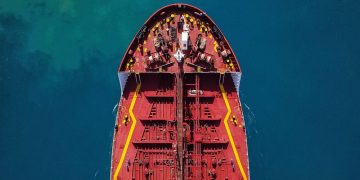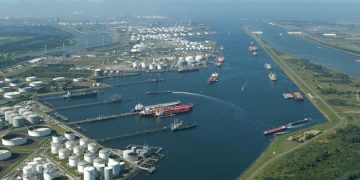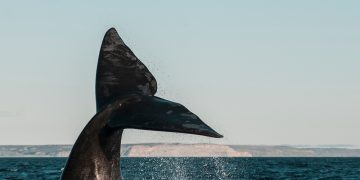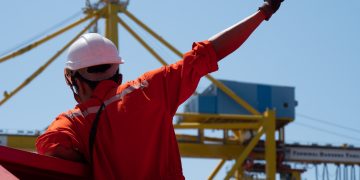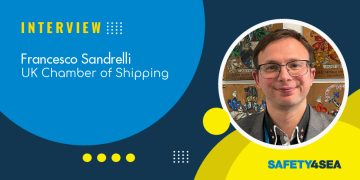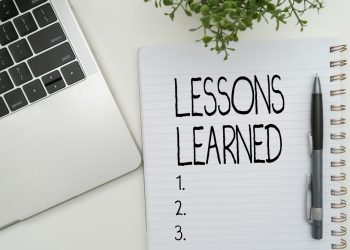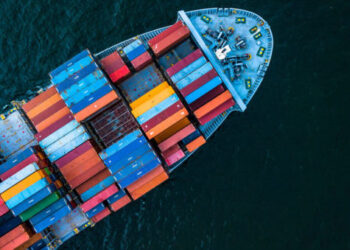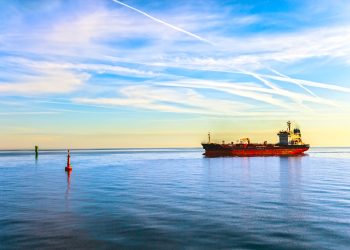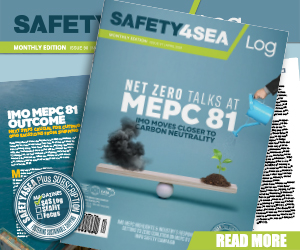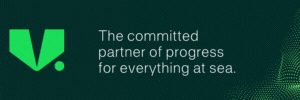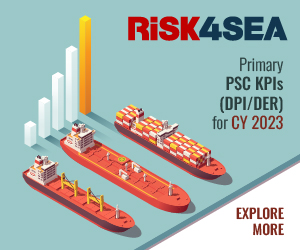Mr. Konstantinos Koronakis, CEO, D.KORONAKIS SA makes a brief assessment of MEG-4, pinpointing areas of improvement after one year of implementation. As a line manufacturer, he provides insight into key issues concerning mooring, highlighting that mooring operations are certainly challenging but also safe when all precautions are taken. In this regard, MEG-4 has made significant progress; nonetheless, better communication between all parties involved remains a crucial topic.
SAFETY4SEA: What is the main difference between MEG-3 and MEG-4 from your perspective?
Konstantinos Koronakis: The main scope of all MEG4 recommendations is to upgrade the safety of the crew, to assist with the construction and selection of the most suitable mooring lines and to enable all involved parties to properly compare and select the suitable mooring rope (quality & price). In order to follow MEG4, the line manufacturer has to conduct several tests that define the properties of the rope under the presence of a third party surveyor.
It is clearly defined that all strengths correspond to spliced lines and for mooring tails the reference is made to line’s wet condition. The line manufacturer has the obligation to provide to the customer detailed manual that includes safe handling instructions, adverse onboard wear conditions, mooring fittings proper maintenance, inspections and evaluation of ropes’ condition, splicing instructions, proposed intermediate destructive tests, retirement criteria and all other information that is useful for establishing proper/safe optional conditions.
S4S: According to MEG-4, the involvement of line manufacturers in relevant procedure, is considered as important. Is there a need for all related requirements to be addressed by line manufacturing companies as well?
SAFETY4SEA: Any requirement in regard with mooring ropes can be addressed by the line manufacturer. However, depending on its nature, there is the possibility that the manufacturer is not the appropriate person to reply. The rope manufacturer acts as an advisor/expert. All final decisions are responsibly taken by the operators.
S4S: MEG-4 introduces new terms as well. What is your opinion on set limits (ship design MBL and LDBF)?
K.K: By the definition of ship’s design MBL, a reference uniformity was achieved. All strength parameters (mooring rope, mooring fittings, brakes holding capacities etc) are calculated using this value. In this way any misunderstandings are avoided.

S4S: According to MEG-4 par.5.4, each mooring line needs to be assessed for Service life Expectancy, involving consultation by manufacturers. How easy is to determine the Service Life Expectancy of a new line and what factors should be taken into consideration?
K.K: The manufacturer can estimate and propose the expected service life for a new line based on various tests which are made at yarn and rope level and his experience factor from tests and feedbacks received. The rope’s lifetime is affected by the operating mooring conditions, the line’s directional angles (horizontal/vertical/heel angle/D/d ratio), the condition of mooring fittings and mooring/unmooring frequency. Each operator has to define mooring line’s service life expectancy taking into consideration manufacturers proposals, ship’s reports as for the condition, inspections, wear, repairs, ports visited along with weather conditions etc and finally their own “experience factor”.
S4S: Is there any way for a user to determine the maximum period of use of a new purchased line onboard, under normal environmental conditions and frequency of moorings?
K.K: Provided standard environmental conditions and specific repeated mooring operations the operator can choose the most damaged line which will be test destructed. Depending on the results of the destructive test, along with all data from the record keeping booklet and manufacturer’s proposal, the operator can define the line’s service expectancy.
S4S: From your experience, are there any tips for a line user regarding inspections, use and storage of lines?
K.K: The best tip for the user to inspect/use/and store the lines is to follow recommended guidelines as described at manufacturer’s relevant manual, along with operator’s instructions referred into Line management plan. It is recommended all data to be accurately recorded by experienced person (crew, officers, inspectors and any other third party), for reference when needed.
S4S: What is your key message to operators with respect to MEG4?
K.K: After one year of the implementation of the MEG4, we believe that progress has been made but still some time is needed for all involved parties – builders, operators, line manufacturer’s and crew – to optimize communication. MEG4 is oriented to the safety of the crew and the rest involved parties. All missing information and gaps from the previous edition are completely covered. Last but not least it points out that the operations at the mooring area are consider dangerous but at the same time safe, if all precautions/recommendations are followed.
The views presented hereabove are only those of the author and not necessarily those of SAFETY4SEA and are for information sharing and discussion purposes only.
About Konstantinos Koronakis
 Konstantinos Koronakis is the President of D. Koronakis S.A.
Konstantinos Koronakis is the President of D. Koronakis S.A.




